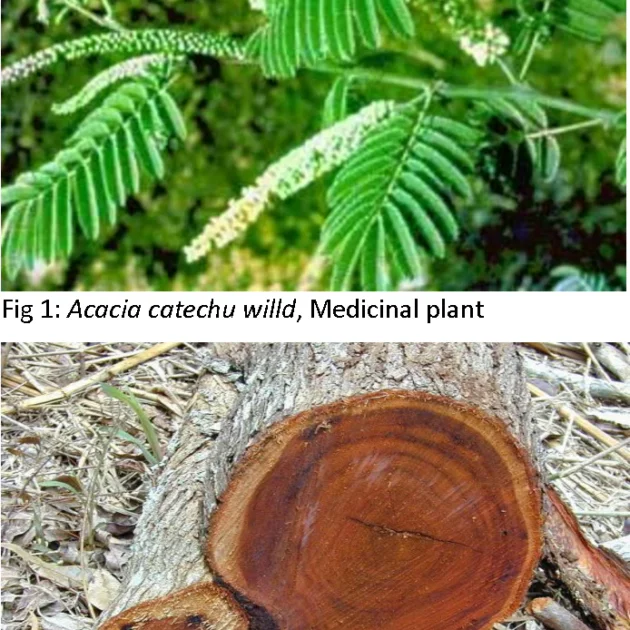

Peperomia Watermelon plant
₹199.00 Original price was: ₹199.00.₹149.00Current price is: ₹149.00.
Details:
The Peperomia Watermelon is a beautiful, low-maintenance plant that adds striking color and texture to any indoor space. Its unique foliage, ease of care, and compact size make it a popular choice for homes, offices, and apartments. With the right lighting, watering schedule, and well-draining soil, this plant will thrive and provide you with years of beauty. Whether placed on a windowsill, desk, or as part of a larger indoor plant collection, the Watermelon Peperomia is a fantastic choice for plant lovers of all experience levels.
Description
The Peperomia Watermelon (Peperomia argyreia) is a popular and striking houseplant known for its unique, eye-catching foliage. This plant belongs to the Peperomia genus, which is part of the Piperaceae family. The Watermelon Peperomia is especially admired for its attractive, heart-shaped leaves with a silver and green striped pattern, resembling the appearance of a watermelon rind. It’s a relatively low-maintenance plant that thrives in indoor environments, making it a favorite among plant enthusiasts.
Scientific Name:
- Peperomia argyreia
Common Names:
- Watermelon Peperomia
- Watermelon Plant
Appearance:
- Leaves: The most distinctive feature of the Watermelon Peperomia is its large, fleshy, heart-shaped leaves. The leaves have a vibrant green and silver pattern that mimics the rind of a watermelon, with dark green veins running through them. The underside of the leaves is a purplish-red, adding to its striking appearance. The leaves are relatively thick and have a slightly waxy texture.
- Size: The plant grows as a compact shrub, typically reaching a height of about 6 to 12 inches (15 to 30 cm). It can spread out to about 8 to 10 inches (20 to 25 cm), making it a perfect choice for small spaces or as a tabletop plant.
- Stems: The stems of the Watermelon Peperomia are thick, greenish-brown, and semi-succulent in nature. The plant’s growth habit is bushy, with the leaves sprouting from the base and growing upright or spreading outward.
Growing Conditions:
- Light: The Watermelon Peperomia prefers bright, indirect light. It can tolerate lower light levels, but its growth may become leggy, and the leaf patterns may not be as vibrant. Direct sunlight should be avoided, as it can scorch the leaves and cause discoloration.
- Temperature: This plant thrives in warm indoor conditions. It prefers temperatures between 65°F to 80°F (18°C to 27°C). It does not tolerate cold well and should be kept away from drafty areas or places where temperatures drop below 50°F (10°C).
- Soil: Peperomia Watermelon prefers a well-draining, airy potting mix. A mix designed for succulents or cacti works well, as it ensures good drainage and prevents water retention around the roots, which can lead to root rot. A mixture of peat, perlite, and orchid bark is ideal for this plant.
- Humidity: This plant enjoys moderate to high humidity, though it is relatively adaptable to normal household humidity. If the air is too dry, especially in winter, you can increase the humidity around the plant by misting the leaves occasionally, placing it on a humidity tray, or using a room humidifier.
Care:
- Watering: Watermelon Peperomia is a semi-succulent plant, meaning it doesn’t require frequent watering. Allow the top 1 to 2 inches of soil to dry out between waterings. Overwatering can lead to root rot, so be sure to let the soil dry out completely before re-watering. During the winter months, the plant’s growth slows, and it requires less frequent watering.
- Fertilizing: During the growing season (spring and summer), you can feed the plant with a balanced, diluted liquid fertilizer once a month to promote healthy growth. In the winter months, you can reduce or stop fertilizing since the plant is in a dormant state.
- Pruning: Regular pruning isn’t necessary for the Watermelon Peperomia, but you can trim back any leggy or dead stems to maintain a neat, bushy shape. Cutting back older stems can also encourage new growth at the base of the plant.
Pests and Problems:
- Pests: Peperomia Watermelon is generally resistant to pests, but it can sometimes attract mealybugs, aphids, or spider mites. If you notice pests, treat the plant with insecticidal soap or neem oil. Regularly inspect the undersides of the leaves for any signs of infestation.
- Diseases: The most common issues with Watermelon Peperomia are related to overwatering or poor drainage, leading to root rot or fungal infections. Be sure the pot has good drainage and avoid allowing the plant to sit in water. Yellowing leaves often indicate overwatering or root issues.
Toxicity:
Peperomia Watermelon is non-toxic to humans and pets, making it a safe option for households with children or animals.
Propagation:
- Cuttings: The Watermelon Peperomia is easy to propagate via stem cuttings. Simply take a healthy cutting with at least one node (where leaves emerge from the stem), and place it in a container of water or directly in a moist potting mix. Once roots develop (typically in 2-4 weeks), the cutting can be potted up as a new plant.



Reviews
Clear filtersThere are no reviews yet.